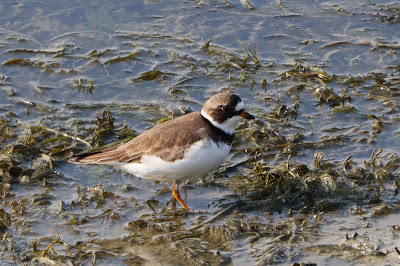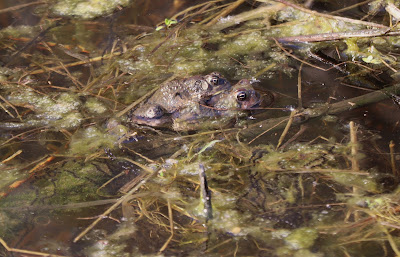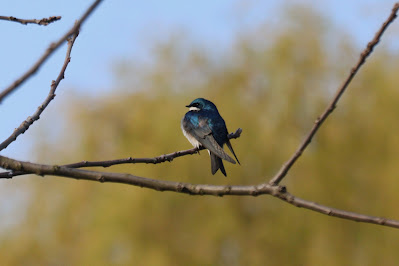World Migration Day!
Bird walks were offered in Lambton County on World Migratory Bird Day (May 13th) to help Sarnia become certified as a Bird Friendly City. The theme this year was Water: Sustaining Bird Life. All birds rely on water and wetland habitat at some point during their lives. The following species were all found in Canatara on Saturday!
American Redstarts will flash bright orange patches on the tail and wings. This behavior seems to startle insects, providing increased opportunities for the warbler to catch insect prey!
https://www.allaboutbirds.org/guide/American_Redstart/overview
Black-and-white Warblers act more like Nuthatches than warblers. They will forage for hidden insects in the bark of trees by creeping up, down and around branches and trunks.
https://www.allaboutbirds.org/guide/Black-and-white_Warbler/id
Magnolia Warblers forage low in the understory, picking insects from the undersides of leaves. When the tail is flashed, white spots are exposed, which is similar to the behavior of American Redstarts in their quest to catch insects.
https://www.allaboutbirds.org/guide/Magnolia_Warbler/id
Deryl was in the right spot at the right time when he saw a White-eyed Vireo in Canatara Park! This species is not a regular visitor to Lambton County. It "wears" yellow spectacles surrounding its white eye and tends to stay hidden in the understory.
https://www.allaboutbirds.org/guide/White-eyed_Vireo/id
This poor Bald Eagle was all worn out after celebrating in the World Bird Migration Festivities in Canatara Park! Shout out to Bluewater Centre for Raptor Rehabilitation (and their mascot) for all the great work they do!




















































